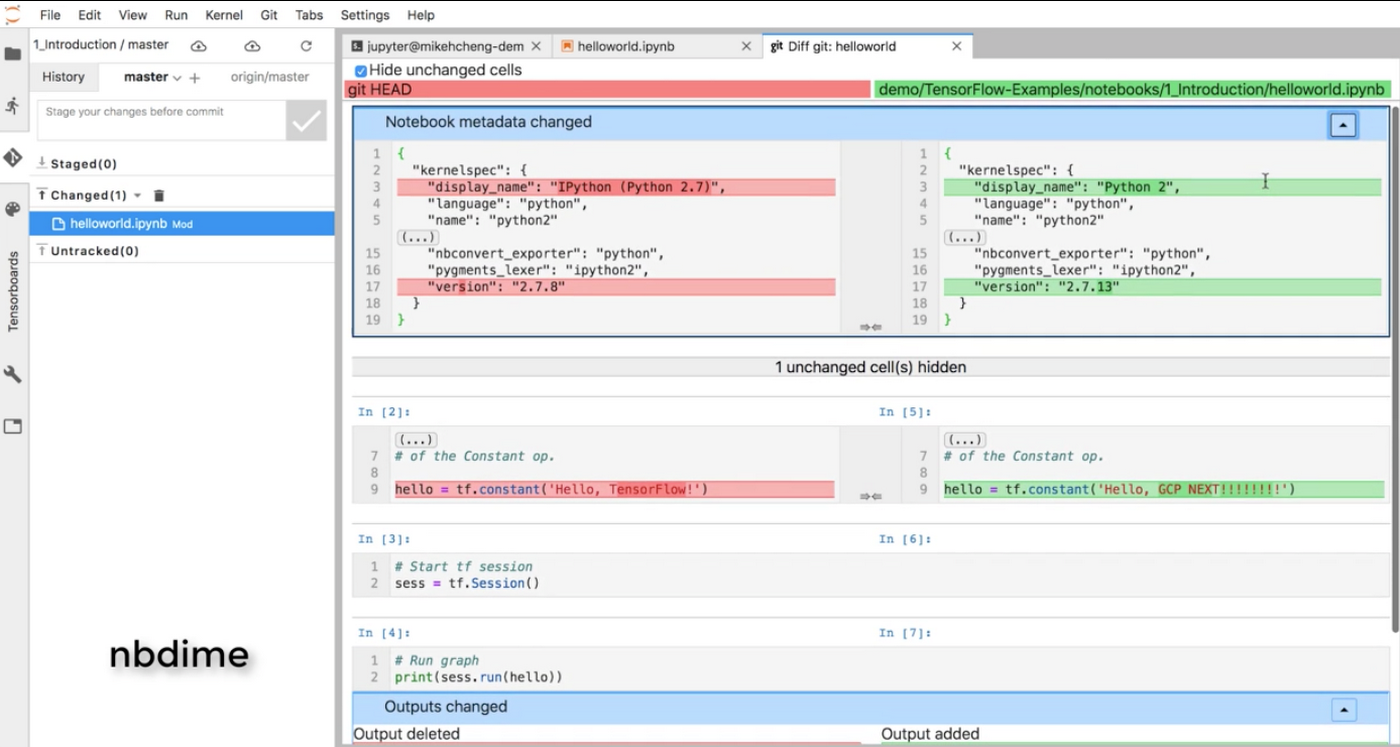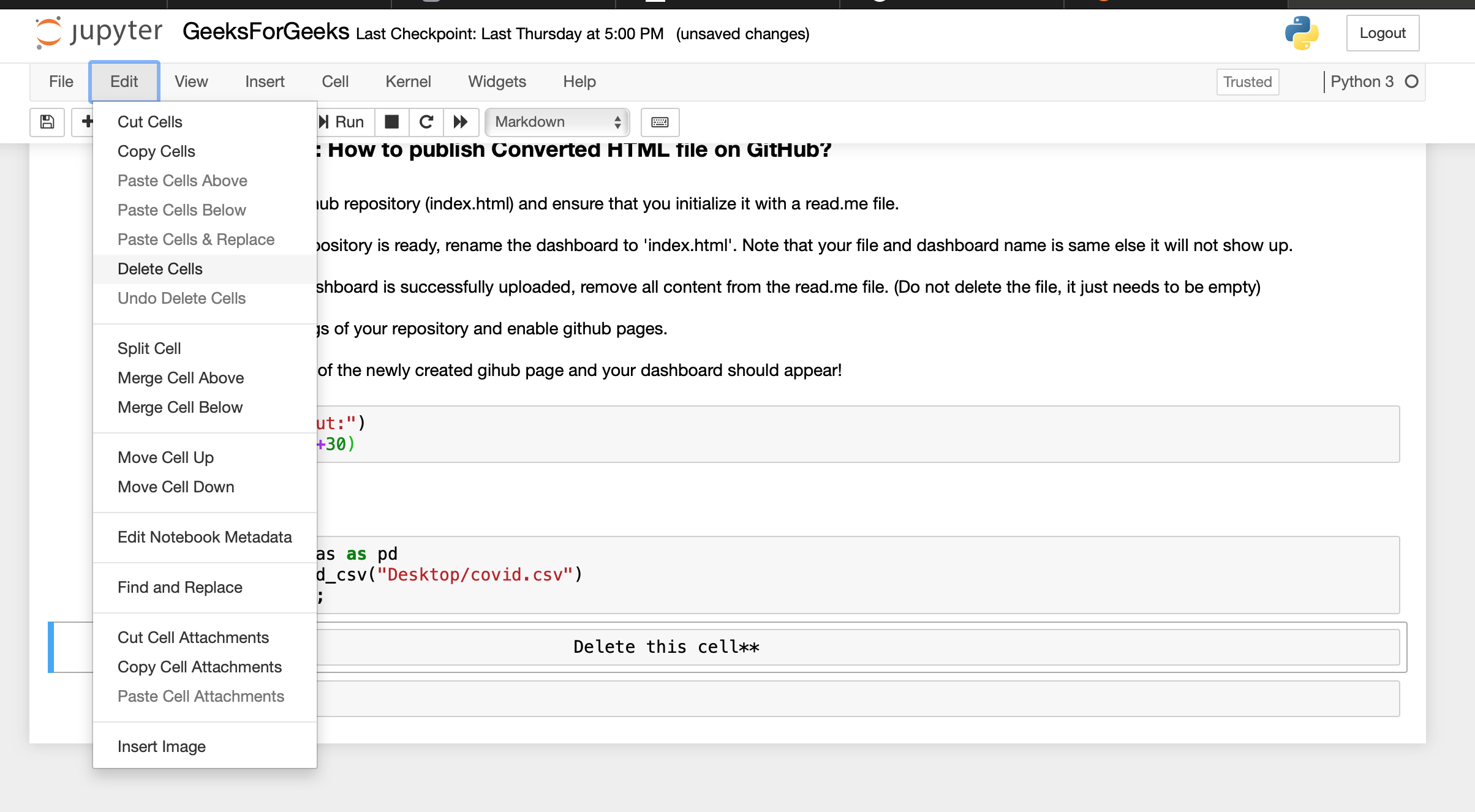

#JUPITER NOTEBOOK INSTALL#
Since Python 3 was already installed on my computers, I installed Jupyter by running the following commands in the terminal (on Linux or Mac): $ python3 -m pip install -upgrade pipĮntering the following command at the terminal prompt started the application right away: $ jupyter notebook Jupyter (formerly IPython Notebook) is an open-source project that lets you easily combine Markdown text and executable Python source code on one canvas called a notebook.Visual Studio Code supports working with Jupyter Notebooks natively, as well as through Python code files. A PIP install requires that Python is already installed on your computer Jupyter recommends Python 3. There are a number of ways to install Jupyter I tried the PIP and the Anaconda installs on Linux and MacOS. Jupyter Notebook allows for user customization if you do not like the default look.
#JUPITER NOTEBOOK SOFTWARE#
The Jupyter software is open source, licensed under the modified BSD license, and it can be installed on Linux, MacOS, or Windows. In this way, Jupyter Notebooks have become living texts and reports. The code, which can come from actual data, can be tweaked and re-tweaked to visualize different results and scenarios. Some of its uses, according to Project Jupyter's website, include "data cleaning and transformation, numerical simulation, statistical modeling, data visualization, machine learning, and much more." Scientific institutions are using Jupyter Notebooks to explain research results. Jupyter offers support for over 40 programming languages, including Python, R, and Julia, and its code can be exported to HTML, LaTeX, PDF, images, and videos or as IPython notebooks to be shared with other users.įun fact: "Jupyter" is an acronym for "Julia, Python, and R." Jupyter evolved from the IPython Project, which features an interactive shell and a browser-based notebook with support for code, text, and mathematical expressions. Jupyter (which I first learned about at All Things Open in October 2017) is an open source application that enables users to create interactive, shareable notebooks that contain live code, equations, visualizations, and text. jupyter run notebook.ipynb -allow-errors. You can suppress them by passing the -allow-errors flag. Get your Power BI analytics in a Jupyter notebook with the new powerbiclient Python package. You can now tell compelling data stories with Power BI in Jupyter notebooks.

By default, notebook errors will be raised and printed into the terminal. We’re excited to announce the release of Power BI in Jupyter notebooks. jupyter run notebook.ipynb notebook2.ipynb. The Jupyter Notebook is addressing this problem by reimagining how we produce instructional texts. You can pass more than one notebook as well. This is a particular issue in the areas of mathematics, science, and programming, where well-designed charts, illustrations, and equations can be key to helping people understand technical information. Since the days of papyrus, publishers have struggled with formatting data in ways that engage readers.


 0 kommentar(er)
0 kommentar(er)
